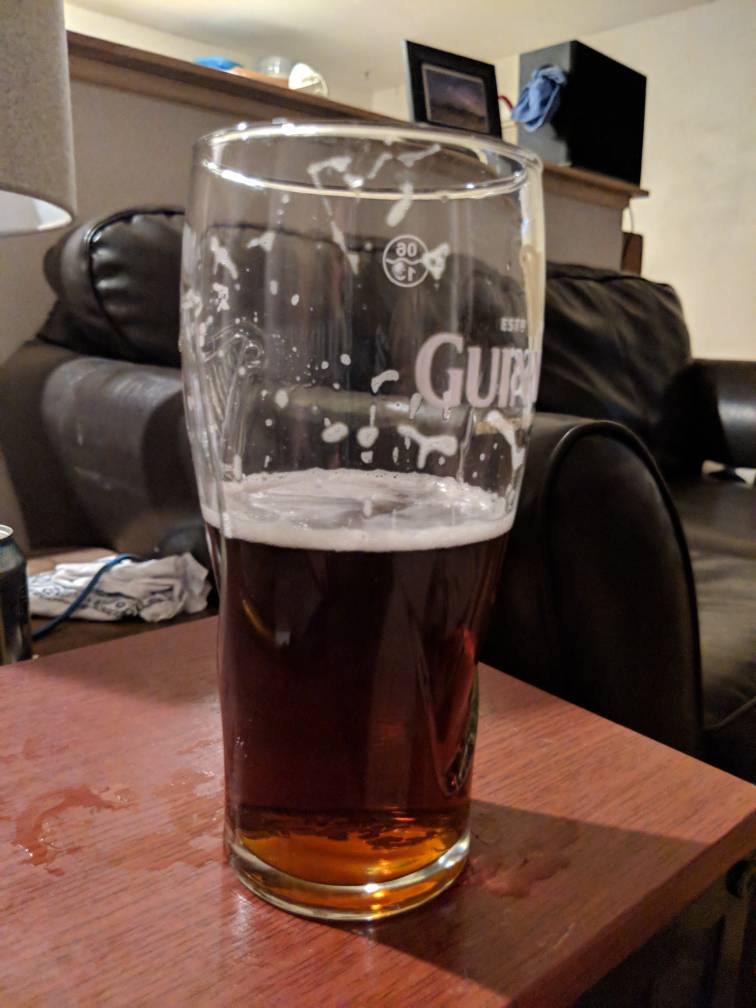Eubayanus will turn up in Europe, we just haven't found it yet. People went through hoops to try and explain how the "Japanese" yeast S. kudriavzevii could have hybridised to form certain European wine yeasts because they couldn't find it in European vineyards - and then they found it on oak trees in Europe. Those same trees that were being cut down to make wine barrels and corks...
Further sequencing has revealed that people are making commercial lager with anything from normal ale yeasts to close relatives of saison yeast - the whole idea of lager requiring a eubayanus hybrid no longer applies. And as this thread has seen, you can make good lager at warm temperatures. So if you don't need cold and you don't need eubayanus hybrids, the whole idea of trying to define "lager" starts to look a bit futile. Like porn, you know it when you see it - it tastes like Bavarian/Czech beers made with pilsner malt, noble hops, with eubayanus hybrid yeast at low temperatures - but none of those are an absolute requirement.
Heretic!!












































![Craft A Brew - Safale BE-256 Yeast - Fermentis - Belgian Ale Dry Yeast - For Belgian & Strong Ales - Ingredients for Home Brewing - Beer Making Supplies - [3 Pack]](https://m.media-amazon.com/images/I/51bcKEwQmWL._SL500_.jpg)















